
KUALA LUMPUR, Feb 18 — There are weekends when an ambrosial salad of tangy-sweet mandarin oranges or a silky smooth chawanmushi feels as though we have visited a spa for our taste buds.
Tantalising but without much of the guilt that comes from over-indulging.
Then there are weekends when we crave something more substantial. Some meat, some char, something spicy and wilful (our diets can wait another week!) to satisfy our appetites.
Yet we still worry about our health, don’t we? We have yet to get rid of the post Chinese New Year weight gain (and for some, post Valentine’s Day, what with all the chocolates). Should we really allow ourselves to revel so recklessly?
Maybe there is some safe middle ground. Who says great flavour has to come at a great cost?
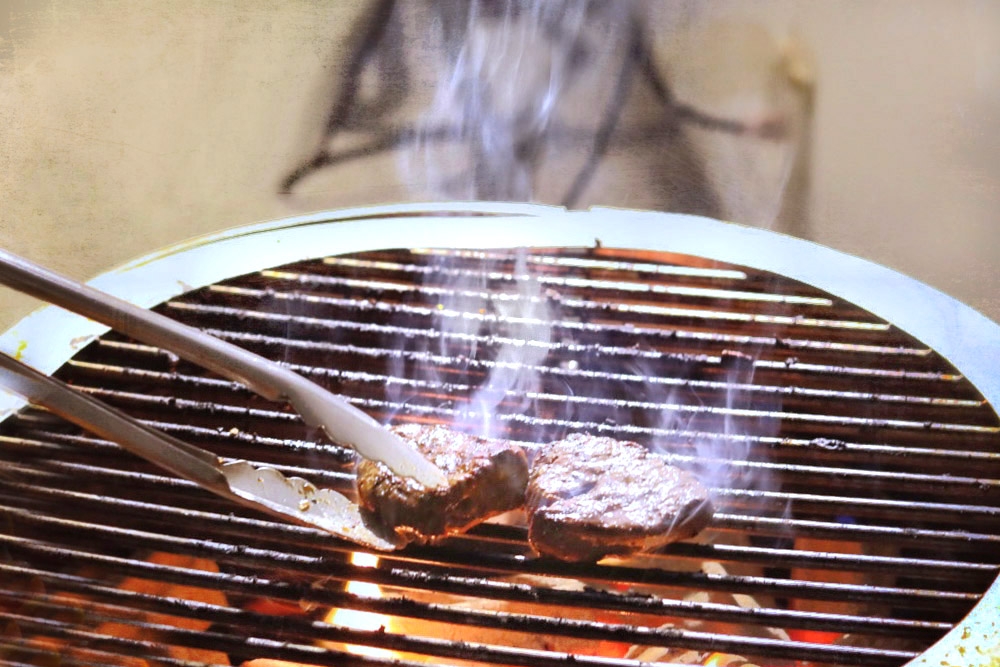
Grilled, grains and greens — there’s no better way to up the seasoning and the sensation without overdoing the calories.
One of my favourite Isan (North-Eastern Thai) dishes is kor moo yang or grilled pork neck. It is usually served with sticky rice and a fiery-sweet dipping sauce.
My take replaces the sticky rice with higher-fibre grains and the dipping sauce with something equally fiery but a lot less sweet.
Add some fresh greens, another feature of Isan cuisine, and what you have is a weekend meal that will leave you sated but not sorry afterwards. Enjoy!
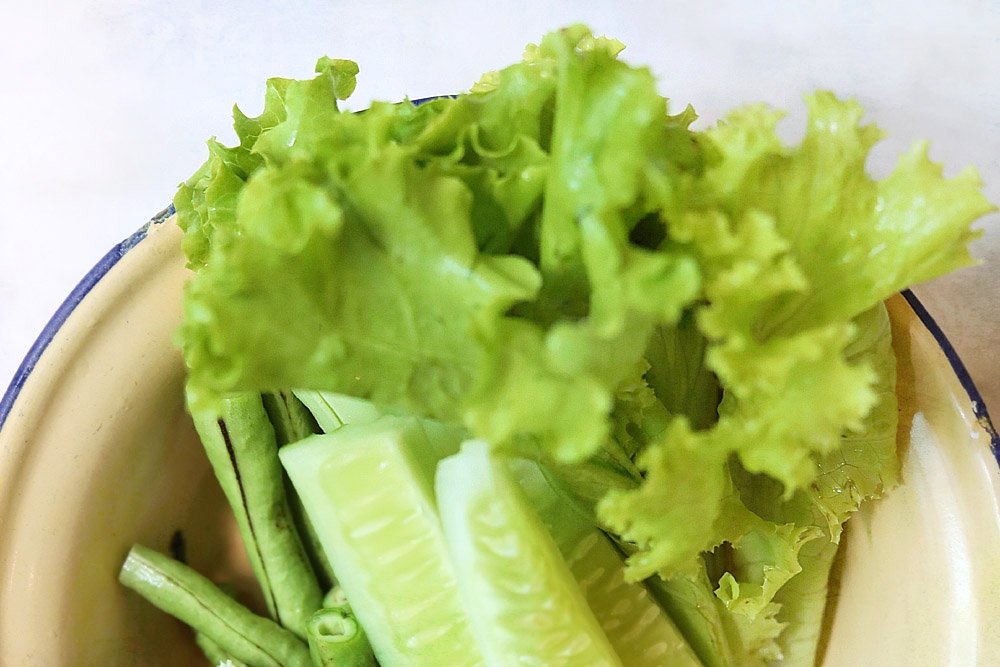
GRILLED PORK WITH GRAINS AND GREENS
I love upping the umami quotient in all my savoury recipes so I’ve added a smidgen of miso paste here in the pork marinade. Purists may replace it with some fish sauce but do give this hint of Japanese flavour a chance.
The selection of grains can be a personal thing. There are days when I enjoy the nutty chew of some brown rice; other days I crave the stunning purplish-black of Thai riceberry. Quinoa and spelt are lovely too but the truth is this would be as tasty with plain old steamed white rice.
If you feel like adding an extra special touch, consider using some cling wrap to help shape the cooked rice into onigiri style rice balls (again, another Japanese influence). Makes for a striking presentation alongside the sliced grilled pork.
Choose your favourite greens — be it some crisp red oak lettuce or tender baby spinach. Long beans, popular as an Isan side, offer plenty of crunch, and is there anything cooler than cucumber?
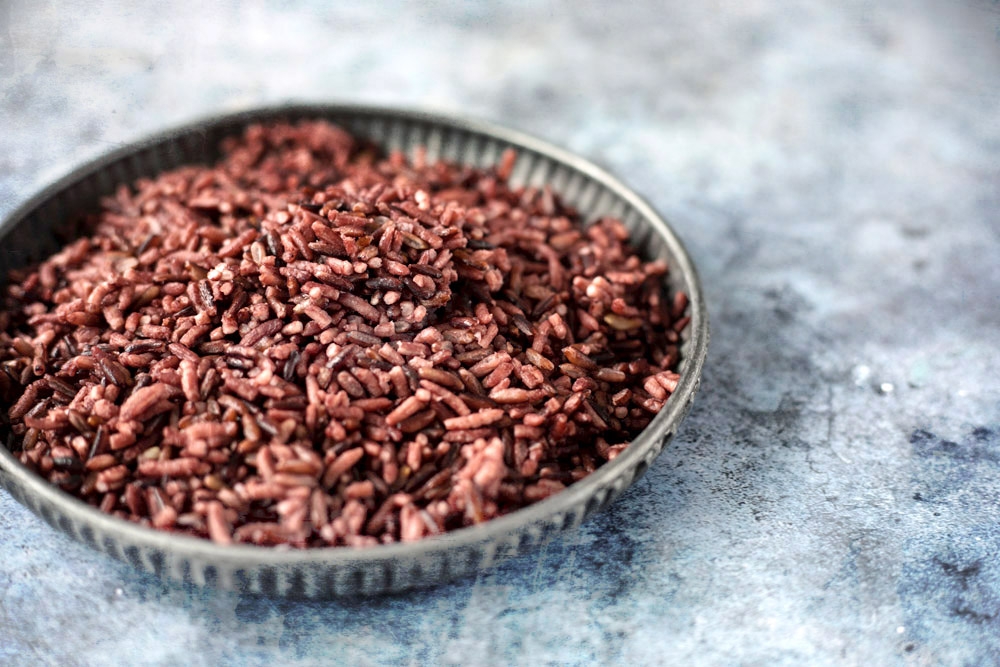
The point is to use raw, uncooked vegetables. These then have to be at their freshest, unsullied by oily dressings or wilted by the heat of a wok. Here’s a helpful tip: rejuvenate these greens in a bowl of water chilled with ice cubes.
A dipping sauce is a must, if only to impart some heat and pungency to the grilled meat (which is salty-savoury enough from its marinade).
Traditionally, kor moo yang is served with a dish of nam jim jaew (smoky from the use of roasted Thai dried chilli flakes) or even nam jim gai, a sweet chilli sauce popular with both grilled and fried foods.
I prefer a cleaner taste; the grilled meat has plenty of smokiness from the charcoal and I prefer my sauces not cloyingly sweet. Here I have used my own version of prik nam pla, another traditional Thai sauce.
This only needs a foundation of freshly minced raw garlic, sliced cili padi (bird’s eye chillies) and fish sauce (instead of light soy sauce more commonly used at your neighbourhood daichow). To this tantalising trinity, I have added freshly squeezed lime juice, sesame seed oil and the tiniest bit of honey (rather than sugar) to balance out all the flavours.
Sounds unconventional or a bit much? Try it first, then you may thank me.
Ingredients
2 tablespoons of oyster sauce
1 tablespoon of light soy sauce
½ tablespoon of miso paste
A little warm water (to dilute the miso)
Freshly ground black pepper
600g pork neck (or other boneless cuts of pork)
An assortment of fresh vegetables (e.g. lettuce, long beans, cucumber)
2 cups of cooked grains (brown rice, riceberry, quinoa, etc.)
6 tablespoons of nam pla (Thai fish sauce)
Juice of 3-4 limes
4 cili padi, sliced
1 tablespoon sesame oil
4 garlic cloves, crushed
1 teaspoon (or less) of runny honey
Method
To make the marinade for the pork, mix the oyster sauce, light soy sauce, miso paste (diluted in some warm water) and ground black pepper in a large bowl until well combined.
Add the pieces of pork to the bowl and mix well to ensure the meat is well coated with the marinade. Cover with cling wrap and leave in the fridge for about an hour to marinate.
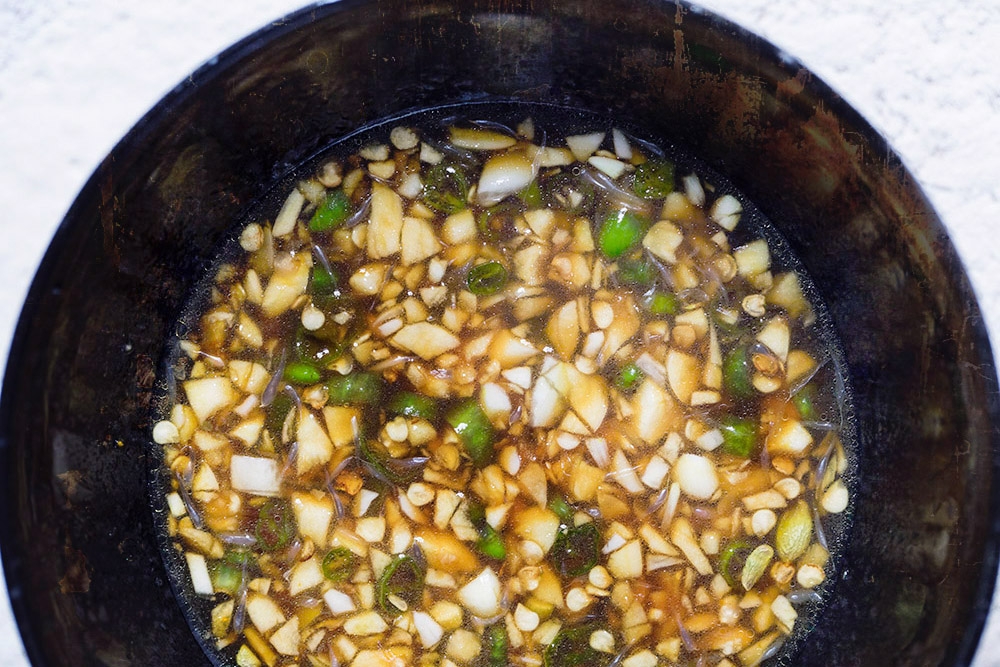
Prepare your grill, either an outdoor grill using charcoal or even a simple grill set over the stovetop will do. Use whatever you have at hand or that you’re most comfortable with. Either way, watch the flames when grilling meat and the splatter from the fat when it renders.
Place the marinated pork on the rack and grill for about half an hour until cooked through, making sure to flip the pieces midway for even cooking. Once fully cooked, transfer the grilled pork to a chopping board and slice thickly.
Prepare an assortment of fresh vegetables such as lettuce, long beans and cucumber by washing them thoroughly. Break leafy vegetables such as lettuce down to individual leaves; slice the rest such as long beans and cucumber into sticks or wedges.
Chill these in iced water and set aside until it’s time to plate. At this point, drain the water and shake the vegetables dry of any excess water.
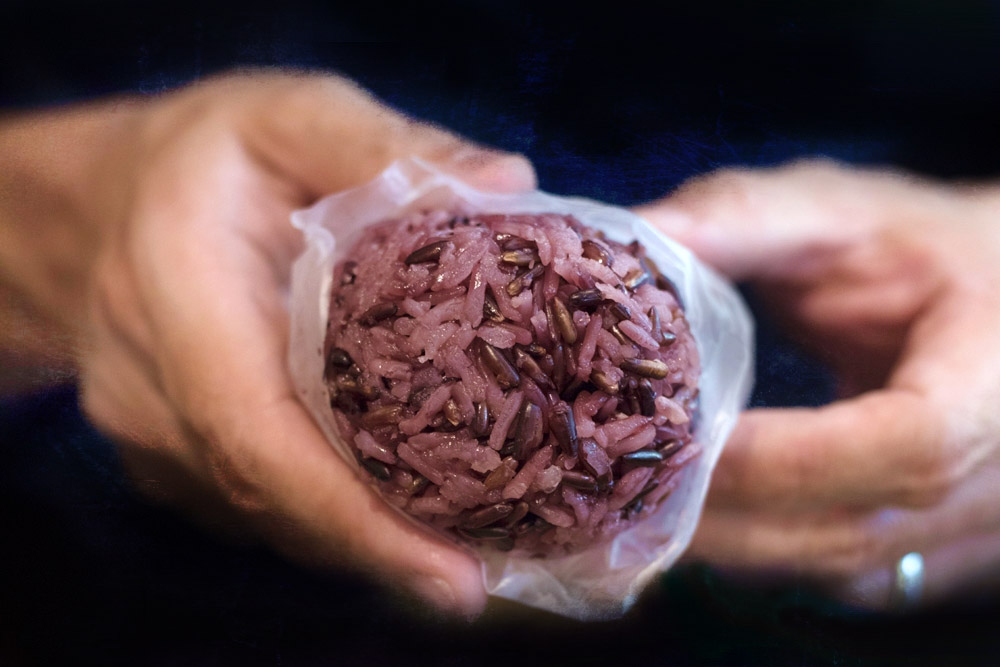
Have your favourite grains (brown rice, riceberry, quinoa, etc.) cooked in your rice cooker, fluffed and waiting in “Keep Warm” mode until you’re ready to plate all the ingredients.
To make the dipping sauce, mix the ingredients together in a large bowl. Keep stirring until the runny honey has dissolved. Divide into individual dipping saucers.
Plate the sliced grilled pork, fresh vegetables and rice on individual dishes and serve immediately with the dipping sauce on the side.
For more Weekend Kitchen and other slice-of-life stories, visit lifeforbeginners.com.
* Follow us on Instagram @eatdrinkmm for more food gems






















